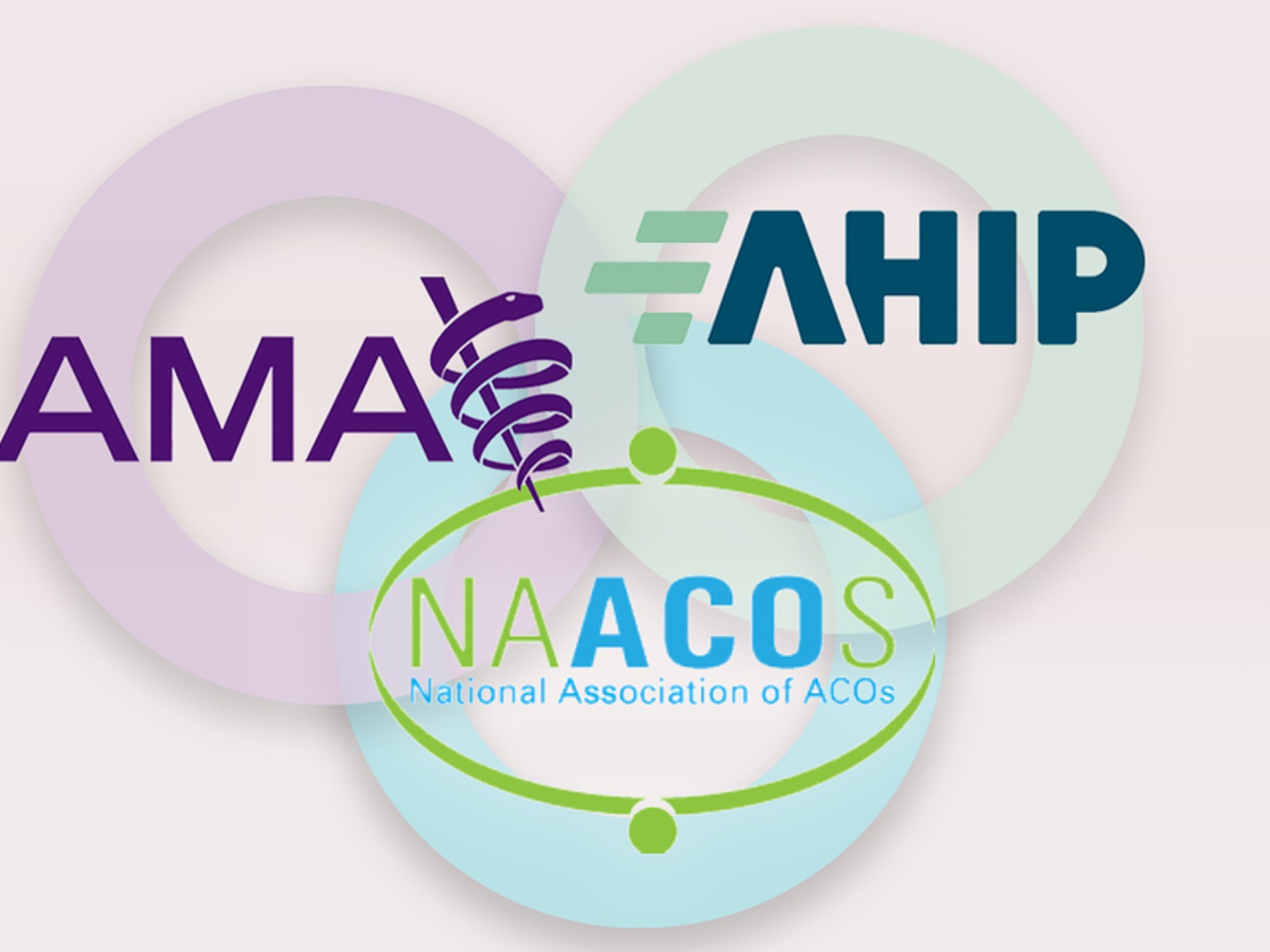
Explore the collaborative playbook by AHIP, AMA, NAACOS, outlining best practices for sustainable value-based care (VBC). This comprehensive resource reflects insights garnered from diverse stakeholders, aiming to streamline VBC arrangements and address prevailing challenges. Through meticulous exploration of key domains such as payment attribution, benchmarking, and risk adjustment, stakeholders gain practical insights and illustrative examples to navigate the complex VBC landscape. By fostering stakeholder engagement and embracing voluntary best practices, the playbook serves as a beacon guiding the healthcare community towards a future characterized by excellence, equity, and affordability in healthcare delivery.
Embark on a transformative journey towards sustainable value-based care (VBC) with the collaborative playbook unveiled by AHIP, AMA, and NAACOS. Rooted in a shared commitment to enhancing healthcare quality, equity, and affordability, this playbook represents a milestone in collaborative efforts to reshape the healthcare landscape. Drawing from diverse perspectives and experiences, it offers a comprehensive roadmap for stakeholders seeking to navigate the intricacies of VBC arrangements. Through meticulous exploration of key domains and practical insights gleaned from real-world experiences, stakeholders are empowered to drive meaningful change and foster a healthcare ecosystem characterized by excellence and innovation.
Advancing Sustainable Value-Based Care: A Joint Effort by AHIP, AMA, and NAACOS
In a concerted effort to drive the adoption of value-based care (VBC) payment arrangements within the private sector and enhance healthcare quality, equity, and affordability, AHIP (America’s Health Insurance Plans), the American Medical Association (AMA), and the National Association of ACOs (NAACOS) have unveiled a comprehensive playbook of voluntary best practices. This strategic initiative, outlined in a recent press release, underscores the pivotal role of collaboration in reshaping healthcare delivery models for sustainable outcomes.
Understanding the Landscape
The playbook serves as a culmination of insights gleaned from the evolving landscape of VBC implementation, leveraging lessons learned and experiences garnered over the years. Notably, it follows in the footsteps of a prior playbook focused on advancing data sharing in VBC, embodying a progressive stride towards optimizing VBC arrangements. With VBC participation on the rise, the playbook offers a timely resource to address prevailing challenges and foster a conducive environment for broader engagement.
Guiding Principles for Success
At its core, the playbook encapsulates a set of voluntary best practices designed to streamline, align, and scale VBC arrangements. Rooted in the collective wisdom of AHIP, AMA, and NAACOS, these recommendations seek to dismantle barriers impeding VBC participation, notably administrative burdens. By synthesizing diverse perspectives and experiences, the playbook underscores a commitment to inclusivity, ensuring representation across varied practice settings and community demographics.
Key Domains and Recommendations
Spanning seven pivotal domains, the playbook delineates actionable recommendations aimed at fortifying the foundation of sustainable VBC payment arrangements:
1. Payment Attribution: Establishing clear methodologies for attributing payments to facilitate accountability and transparency.
2. Benchmarking: Implementing robust benchmarking mechanisms to gauge performance and drive continuous improvement.
3. Risk Adjustment: Incorporating risk adjustment strategies to ensure equitable reimbursement and mitigate financial uncertainties.
4. Quality Performance Impact on Payment: Aligning payment incentives with quality performance metrics to incentivize positive outcomes.
5. Levels of Financial Risk: Strategically calibrating the levels of financial risk to optimize risk-sharing among stakeholders.
6. Payment Timing and Accuracy: Enhancing payment timeliness and accuracy to foster trust and reliability in VBC arrangements.
7. Incentivizing for Value-Based Care Practice Participant Performance: Designing incentives that promote active participation and performance excellence among stakeholders.
Practical Insights and Illustrative Examples
Each domain is meticulously explored within dedicated chapters, offering a comprehensive overview of its significance, goals, challenges, and recommended best practices. Drawing from real-world experiences and stakeholder feedback, the playbook incorporates practical insights and illustrative examples to elucidate the application of these strategies in diverse contexts. From patient attribution methodologies to incentive structures, the playbook serves as a beacon guiding stakeholders toward sustainable VBC success.
Empowering Stakeholder Engagement
Central to the playbook’s development is the active involvement of stakeholders across the healthcare spectrum. Through an inclusive advisory workgroup comprising representatives from AHIP, AMA, and NAACOS, diverse perspectives and expertise were harnessed to inform its content. Notably, a keen focus was placed on addressing the unique needs of rural communities and underserved populations, ensuring equitable access to VBC initiatives.
Charting the Future of Value-Based Care
As the healthcare landscape continues to evolve, the Future of Value Initiative remains steadfast in its commitment to fostering innovation and excellence in VBC. Building upon the foundation laid by previous playbooks, this collaborative endeavor seeks to catalyze transformative change, driving toward a future where high-quality, equitable, and affordable healthcare is the norm. By embracing voluntary best practices and fostering cross-sector collaboration, stakeholders can collectively chart a course toward a more sustainable healthcare ecosystem.
As the healthcare landscape continues to evolve, the AHIP, AMA and NAACOS playbook emerges as a guiding light illuminating the path toward sustainable value-based care (VBC). By championing collaboration, inclusivity, and innovation, it lays a robust foundation for stakeholders to navigate the complexities of VBC arrangements with confidence. Through the dissemination of best practices and practical insights, stakeholders are equipped to overcome prevailing challenges and drive transformative change within the healthcare ecosystem. As stakeholders embrace these guiding principles, they collectively pave the way toward a future where healthcare delivery is characterized by excellence, equity, and affordability.

